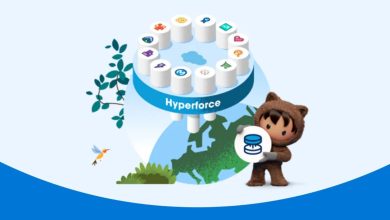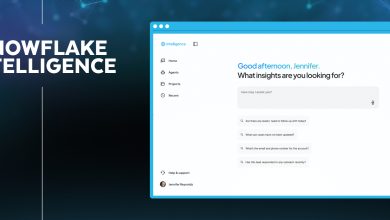
Organisations across various industries are all grappling with the need to digitally transform their operations in order to provide new and enhanced consumer experiences, lower workforce costs, and speed up crucial business processes.
If you’re still clinging to a legacy solution, however, you might be astonished to hear that the system on which you’ve relied may actually be holding your company back. But how?
The Problem With Legacy Systems
To put it simply, such systems are often complex, inefficient and notorious for their compatibility issues. The lack of IT support for legacy systems exacerbates security vulnerabilities, making them vulnerable. The following are some additional drawbacks:
- Difficult to maintain.
- Manual-oriented.
- Lack of support.
- Difficulties with integration, especially with modern, cloud-centric systems.
- Bad user experience.
Hence, modernising these legacy systems is critical, especially as organisations migrate to the cloud and implement more modern microservices-based applications. This is where robotic process automation (RPA) comes in to ease the transition.

RPA enables software “robots” to carry out tasks or processes that humans would typically have to make to manipulate legacy systems. While RPA cannot be used to alter these outdated systems, it can automate many of the manual tasks, transfer data from legacy systems to modern cloud-native apps and even emulate automation capabilities that are often found in the newer SaaS solutions without making use of complex and costly APIs.
In other words, RPA can help you overcome many “legacy” obstacles and gain the advantage you need to compete in a competitive industry, as it enables traditional systems to be transformed in a seamless manner. So whatever industry you’re in, RPA can help boost productivity, reduce error rates, create better employee and customer service experiences, and increase operational efficiency. RPA also ensures excellent data security and allows for rapid internal cost reduction and ROI.
Before you Implement RPA…
Before you embark on the RPA journey, you’ll need to understand what it takes and whether it meets your business needs. Deloitte recommends the following steps to consider before modernising legacy systems with RPA:
- Assess for automation opportunities: Determine the readiness of specific processes for automation in collaboration with the process owner. Is the procedure well-understood? Is it documented in detail, or can it be documented in-depth?
- Build your business case: Estimate the benefits of automation for each process separately. Where will the freed-up time be used if resources can be relieved of chores by automation?
- Determine the optimal operating model: Decide whether you want to build a strategic automation capability within your company or if you just want an automated result with the least amount of effort.
- Identify your automation partner(s): Consider your sourcing alternatives as well as the type(s) of automation partner(s) you’re looking for. You may have previously piloted some processes with a partner but you are not bound to that partner.
- Plan the automation roadmap: Your automation roadmap should go beyond the initial deployment and show how automation will evolve within your company.
Why vVolve?
Now that you know what RPA can do for business, you’ll need a reliable team that can help you plan your automation initiative. We advise you to look into vVolve.

vVolve’s approach to legacy transformation is to use your existing business systems and build a lightweight layer to enable modern business processes. vVolve offers consulting-led digital transformation of legacy processes through digital and automation interventions like chatbots, RPA, and digital app development, among other things.
vVolve has extensive experience designing and executing end-to-end automation solutions leveraging major RPA platforms and other technologies. Their goal is to streamline operations and allow individuals to focus on their core business while maintaining process and governance.
vVolve’s Integrated Intelligent Automation (IIA) solution can provide all of this. To learn more about how vVolve can help customers in transforming their existing processes that are hampered by legacy business applications, click here.





